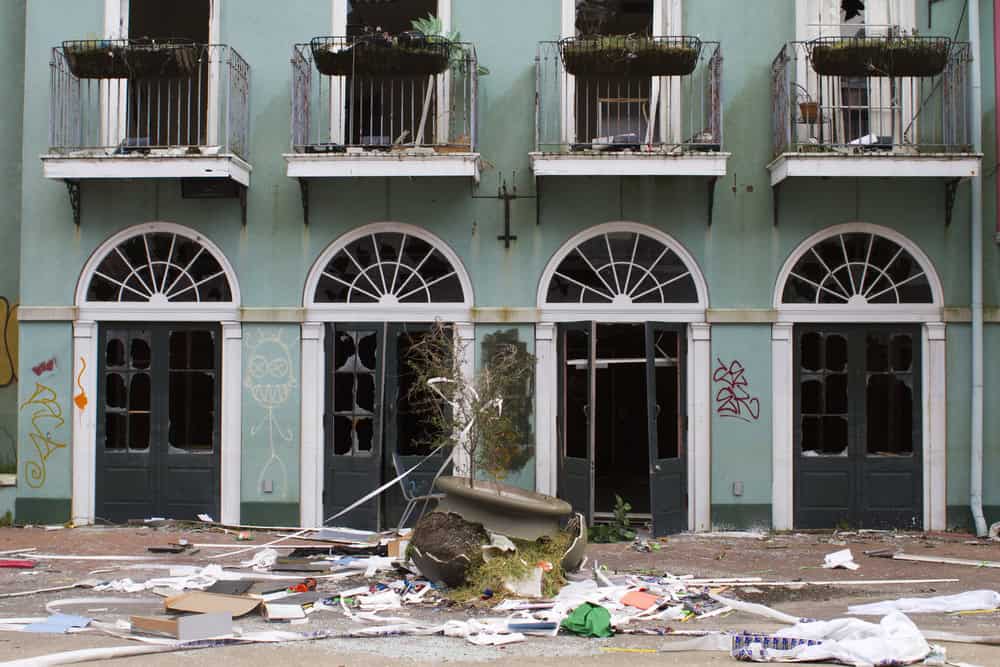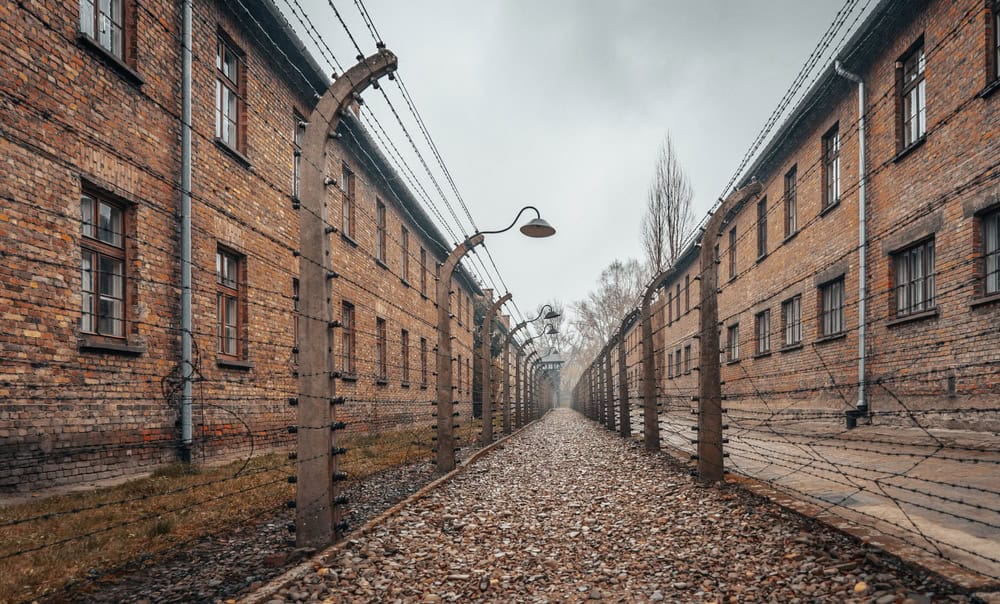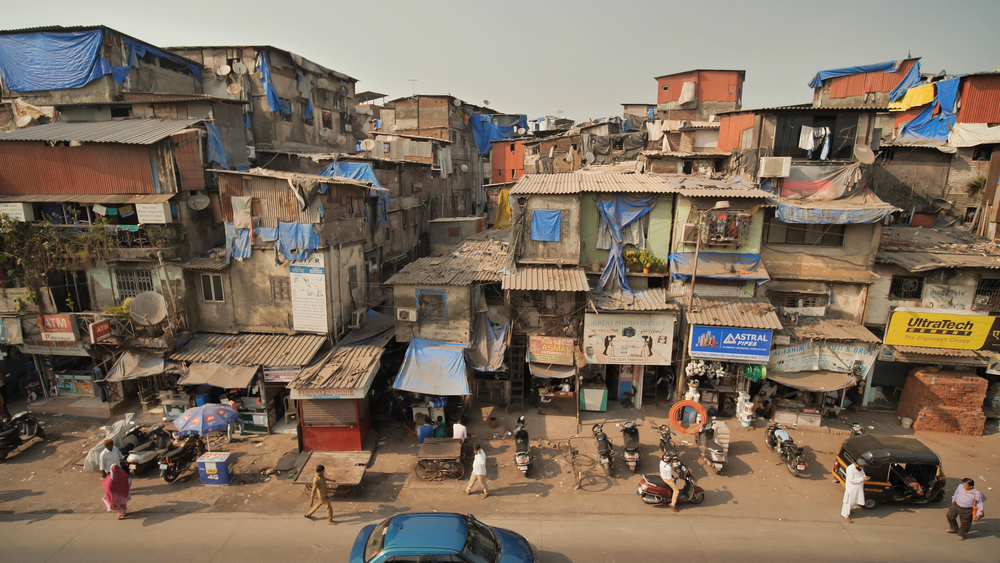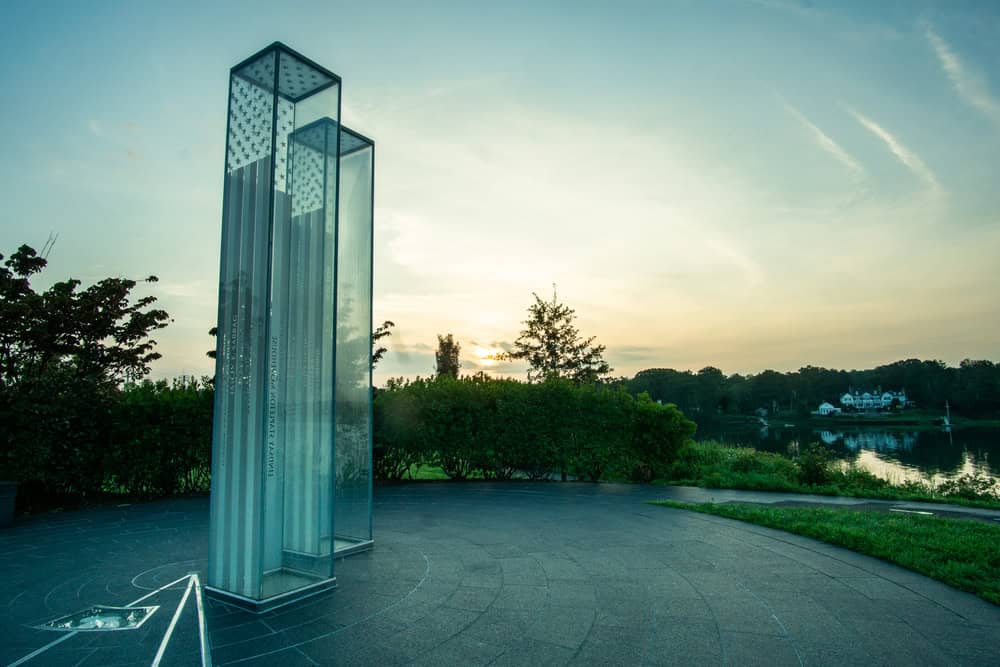When I was travelling through Indonesia, I happened to spend a day in the town of Banda Aceh. There is not much to do over there, my guide told me. The only tourist attraction is part of the trend of disaster tourism. Indeed, Banda Aceh was devastated by the 2004 tsunami. So, the main tourist attraction over there is to stroll through the memories of this tragedy: boats brought inland by the wave even though the sea is kilometers away, various memorials in honor of the victims, and the museum telling the story of this catastrophe. I have to admit, seeing the swarm of tourists snapping selfies made me wonder if this was a way to further understand what happened in this town, or just a grim tourist activity.
What is disaster tourism?

Disaster tourism is about visiting the sites of major catastrophes, either man-made or natural. It’s considered a subsection of dark tourism even though the two are very hard to set apart.
According to Erika M. Robb, in an article published by the American Anthropological Association, “dark tourism includes both places with violent legacies and those at which violence is an ongoing reality. It encompasses a wide variety of visitor motivations—educational, memorial, or recreational.”
It is hard to have an opinion on disaster tourism because it encompasses a very wide range of different attractions: National 9/11 Memorial and Museum, Hiroshima Peace Memorial and Museum, Katrina Tours, slum tourism, the ruins of Pompeii, the house where JonBenet Ramsey died, the Memorial and Museum of Auschwitz-Birkenau, etc.
Within those options, some seem like an important part of History, while others just seem unnecessarily gruesome and/or voyeuristic. But they all have one thing in common: violence.
Why does disaster tourism attract visitors?

First of all, disaster tourism is supposed to be educational. Indeed, whenever you are visiting a place, you might want to learn more about its history. And even though you might have heard of the tragedy beforehand, it is clear that hearing or reading about something is completely different from seeing it with your own eyes. Most promoters of these kinds of tours are claiming they are raising awareness about the events in question.
Indeed, seeing the cells in Alcatraz federal penitentiary, seeing with your own eyes the skulls of the many victims of the killing fields in Choeung Ek in Cambodia, or even seeing the devastation caused by Chernobyl in Pripyat, Ukraine, can help you better understand the reality of the tragedy. Because even if you know about it, you don’t really fully understand it until you see it with your own eyes.
But it can also be part of a more solemn work of memory, of honoring the victims of the disaster in question.
But can you really fully engage in the educational and memorial part of the activity when you are on a vacation? According to Robb, “there is an obvious tension between undertaking important witnessing work and following a vacation itinerary. How might tourist activities before and after visitation to dark tourism sites frame the experience (e.g., going to dinner at an expensive restaurant, seeing a cultural performance, going clubbing). Dark tourism will, in some cases, result in the transformation of violence into one more attraction, wedged in between more typical tourist activities.”
In the end, it all comes down to your own motivations. Are you willing to engage and learn, or are you looking for a thrill?
Can it be useful for the local communities?

Organizing tours in areas struck by disaster can be useful for different reasons. It can be important for the community to raise awareness about the catastrophe and its consequences. It’s about remembering and teaching outsiders what has happened. It can be important for a community to tell their own story.
But it can also have an economic impact. In such areas, the money that tourism brings can help rebuild the community and provide employment for the local population. But then, you would have to be careful in choosing a company that actually helps the community or at least employs locals.
However, not everyone feels positively about tours in their own neighborhoods. For example, after hurricane Katrina, many tourists came to New Orleans to tour the most affected areas, which was not very well received by the residents. Indeed, some locals were shocked that people would actually come over for the sole purpose of snapping a picture of the devastation, as it felt disrespectful to the victims.
How can I choose an activity without causing harm?

Protect the local community
First of all, it’s never a good idea to go to a disaster area right after a tragedy struck. People are mourning, healing, and won’t want tourists taking pictures of their grief. You want to help out? There are many ways to do so from home! If you want to contribute, you can always make a donation to an organization that could use your help. Plus, if you go, you will probably get in the way, bother the local population, and participate in using possibly scarce resources.
You want to donate your time? Check if the community is actually trying to recruit volunteers. Otherwise, you will end up getting in the way. Indeed, you need more than good intentions to help, and you might make it harder for professionals to do their job.
To choose an appropriate activity, like always, research the subject. You will find out whether or not this type of tourism has been well accepted by the local community. You will read different opinions about this topic and you will be able to make an informed decision.
But most importantly, when you go to a disaster tourism site, behave appropriately. That is the main point. Whenever you participate in these types of activities, the way you conduct yourself is fundamental. Always act respectfully and with humility.
Protect yourself
If you need to make sure you are not harming the local community, you also have to make sure you will not hurt yourself.
Some sites might still be dangerous, such as war areas, or nuclear testing sites (like Bikini atoll for example), or even areas right after a disaster (think about the aftershocks of an earthquake for instance).
But it’s not just about physical harm. Choose your activity wisely: some sites can be very hard to stomach and be very upsetting, be sure to be prepared. Tuol Sleng Museum, formerly S21 prison in Cambodia or Murambi Genocide Memorial in Rwanda might be extremely distressing. Be sure that you are ready for this.
So, should you engage in disaster tourism? I do not hold a definitive answer. It’s a personal choice and it comes down to your own intentions. As far as I’m concerned, you should avoid these kinds of activities if you are just coming for the story and if you are not willing to learn and honor. But I do recognize that it can be educational and important to remember some of the tragedies which have struck humankind. Just because you are on vacation does not mean that you should not learn.
According to Robb, “When atrocity becomes a recreational attraction, visitors are themselves inflicting further violence as they search out unique and “authentic” experiences. Ethically, we must question whether tours undertaken in the name of social justice or global awareness are actually experienced as such or whether they might instead work to mask the recreational, voyeuristic allure of violence.”
Again, it’s all about what you do with these experiences!
Sources :
National Geographic – Seven Years After the Storm, Katrina Tours Cause Controversy – Caroline Gerdes – November 6th, 2012
Forbes – Dark Tourism: Are These The World’s Most Macabre Tourist Attractions? – Duncan Madden – September 25th, 2019
Tourism Teacher – Disaster tourism explained: What, why and where – Dr. Hayley Stainton – October 19th, 2020
American Anthropological Association – Violence and Recreation: Vacationing in the Realm of Dark Tourism – Erika M. Robb – May 5th, 2009
Women on the road – Dark Tourism: Should Tragedy Become a Tourist Draw? – May 1st, 2018 – Why Indulging in Disaster Tourism Could Be a Tragic Mistake
GET JUICY UPDATES DIRECTLY TO YOUR INBOX
By joining our email list, you’ll be the first to know about our newest Meetup Tours, special sales and discounts, as well as ways to get involved with the largest online community for solo female travelers.
Meetup Tours
Additional Info
WE EMPOWER WOMEN TO TRAVEL SOLO.
A community cultivating freedom, confidence, and a celebration of empowerment that breaches the glass ceiling.
Discover More